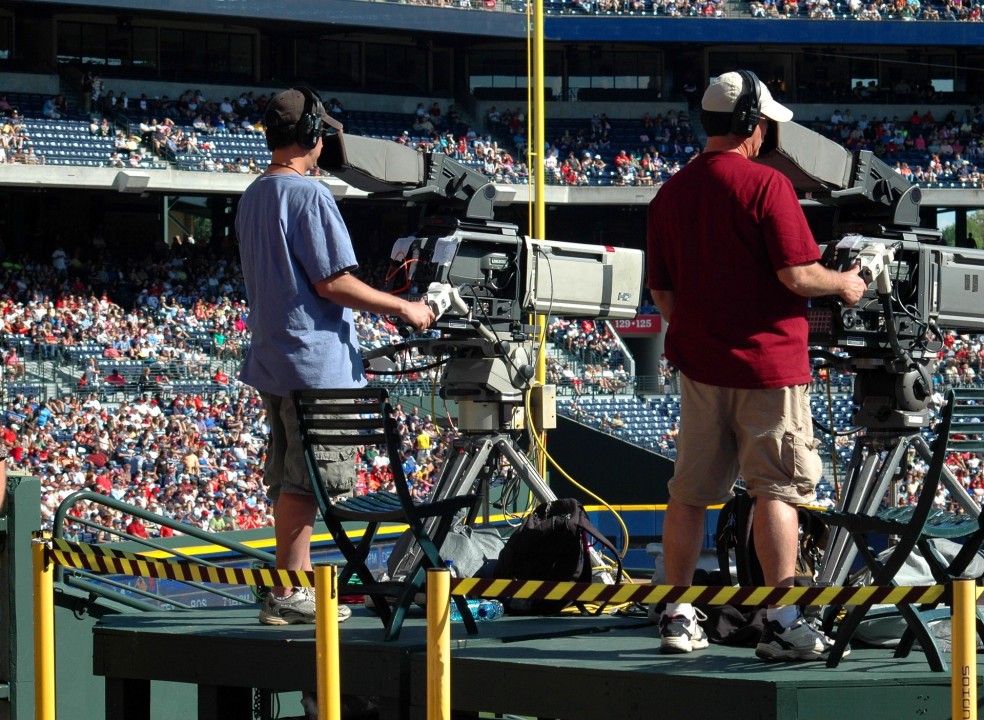The evolution of sports analysis broadcasting from courtside to your screen has been a journey marked by technological advancements and changing viewer preferences. In the early days of sports broadcasting, analysis was primarily done through live commentary from announcers stationed at the venue. Fans relied on their descriptive prowess to understand the game’s nuances, relying solely on verbal cues and occasional replays. However, as technology progressed, so did the ways in which sports were analyzed and presented to audiences. One of the significant milestones in this evolution was the introduction of televised replays. With the ability to capture and replay key moments, broadcasters could provide viewers with a closer look at the action, enhancing their understanding of the game. This marked the beginning of a shift towards more visual analysis, as viewers could now see plays from multiple angles and in slow motion, allowing for deeper insights into tactics and strategy. The emergence of dedicated sports analysis shows further transformed the landscape.

Programs like ESPN’s Sports Center and NFL Primetime became staples for fans looking for in-depth coverage and expert commentary. These shows combined highlights with analysis, bringing a new level of depth and sophistication to sports broadcasting. Former players and coaches often served as analysts, offering unique insights gleaned from their experiences on the field or court. As the internet became ubiquitous, sports analysis broadcasting underwent another evolution. Online platforms and streaming services allowed for on-demand access to games, highlights, and analysis, freeing viewers from the constraints of traditional broadcast schedules. Additionally, social media platforms provided a new avenue for sports analysis, with fans and analysts alike sharing their thoughts and opinions in real-time. Perhaps the most significant transformation in recent years has been the rise of data analytics in sports broadcasting. With advancements in technology, teams and broadcasters now have access to a wealth of data, ranging from player statistics to advanced metrics like expected goals in soccer or player efficiency ratings in basketball. This data-driven approach has revolutionized sports analysis, providing analysts with unprecedented insights into player performance and team strategies.
Simultaneously, MLB중계사이트 advancements in graphics and visualization technology have enhanced the viewing experience. Augmented reality overlays and virtual replays allow broadcasters to illustrate complex concepts and break down plays in ways that were previously unimaginable. Viewers can now see player movements, trajectories, and decision-making processes in real-time, enriching their understanding of the game. The further accelerated the shift towards remote sports analysis broadcasting. With restrictions on travel and in-person gatherings, broadcasters turned to remote production techniques, leveraging video conferencing and remote collaboration tools to deliver high-quality analysis from anywhere in the world. This not only ensured the safety of broadcasters and production staff but also demonstrated the resilience and adaptability of the sports broadcasting industry in the face of unprecedented challenges. Looking ahead, the future of sports analysis broadcasting is likely to be shaped by continued advancements in technology. Virtual reality, artificial intelligence, and machine learning are poised to further enhance the viewing experience, offering new ways to analyze and interact with sports content.